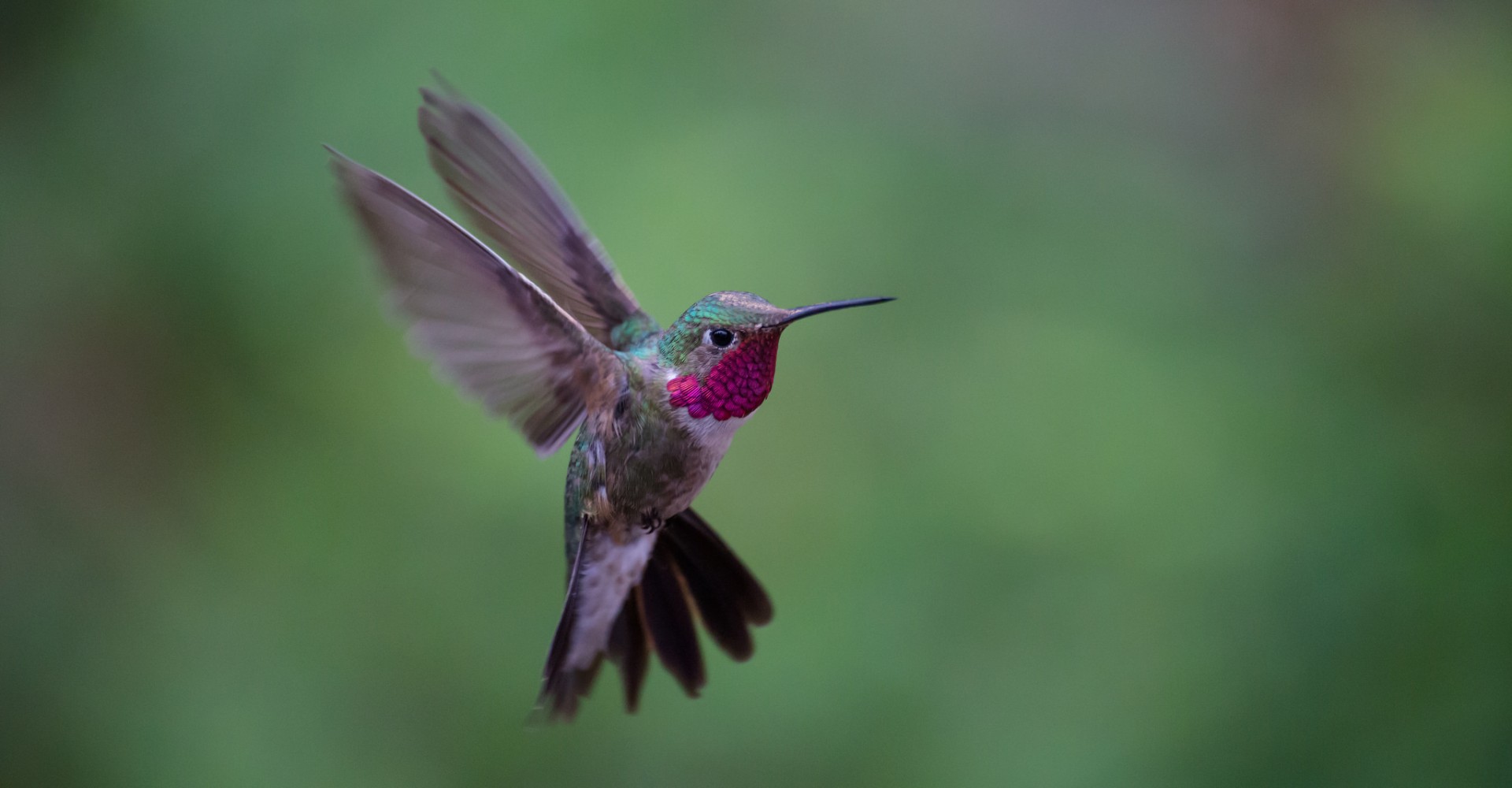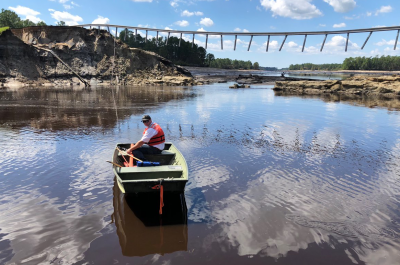This week we’re sharing stories from our media partners in Colorado and Pennsylvania. KVNF and the Allegheny Front were unexpectedly in sync when they each chose to cover one of the key phenomena that ISeeChange helps observe: phenological asynchronicity.
That phrase doesn’t come up much in normal conversation (unless you’re missing the 1983 Police album). So we’re going to break it down.
Phenology is the study of how the natural world times recurring and biological events – and how climate and other factors influence that timing. One of those timings we simply call seasons. It’s such a focus of our work at #ISeeChange that we put it in our logo, whose four colored circles reference fall, winter, spring and summer. Phenology is a more fine-grained picture of ecological processes such as when plants bloom and sleep, birds migrate and nest, insects and animals hibernate or are on the move.
In Deep Dive stories, where we answer observers’ questions, we’ve addressed unexpected changes to that timing. Like when Katie Garcia in Washington, D.C., saw pink blooms deep in winter, she thought something was up – and she was probably right.
Global warming is changing the signals plants and animals are getting, and influencing the way they behave. The more we can observe them, the more we can understand them.
Serviceberries serve as signal
Ohio State University professor Dan Herms told the Allegheny Front’s Kara Holsopple that he likes to observe the changes in the serviceberry plant, which is very common in the northeastern United States and southern Canada.
Herms says that the serviceberry got its name because its delicate white blooms traditionally come out in April; he says “the timing of its bloom corresponded when the pioneers would have funeral services for people who died during the winter, because the ground was now thawed enough to bury people.”
Today serviceberry territory is seeing more seasonal unpredictability. Just think of the difference in Eastern part of the country between the winter of 2015 and this past winter…2015 was brutally cold and snowy; 2016 mild and rainy. Herms offered another example: where he teaches, in Columbus, Ohio, crabapple trees used to flower on Mother’s Day weekend. Now, he says, they’re often at peak flower two weeks earlier.
But it’s not just that a tree opens up at a different time of year. Other plants, animals and events depend on that tree. And that’s the second part of our phrase. Asynchronicity means mis-timed, or out of sync.
Jake Ryan at KVNF talked to David Inouye, retired now after spending 45 years at the Rocky Mountain Biological Laboratory. Inouye says that right now in the North Fork Valley, apricot trees are in full bloom – “sort of worrisome when the forecast is for 23 degrees at night.” At the same time, he’s starting to see some honeybees on the trees, and some early queen bees.
Bees aren’t the only animals that depend on apricot trees for sustenance. So do hummingbirds, who arrive each spring to drink the nectar deep in the blossoms where bees don’t reach. Inouye pointed out that the apricots are getting the signals to flower,before the birds get the signals to leave their Central American wintering grounds.
“All of these animals that interact with these flowers as pollinators, or later on that interact with the results of those flowers by consuming fruits or seeds, they have to synchronize their life cycles appropriately with these resources or risk being mismatched,” Inouye said.
That’s hard to do, and it’s hard to observe. What do hummingbirds do when they show up and the blooms they covet aren’t there?
That’s the final piece of the puzzle ISeeChange is interested in: adaptation. People have a long history of adapting to weather shifts, according to Jake Weltzin, a U.S. Geological Survey ecologist who heads the USA National Phenology Network.
“Farmers are totally tuned in to climatological variation and adapting and adjusting the kinds of crops that they are planting,” he says.
Now the shifts are getting bigger, and now more of us are tuning in to these variations. A lot of the time, we’re getting seasonal signals to do it. “How do we adapt to changing or increasingly variable conditions?” Weltzin asks.
You’re helping us keep an eye out for changes, for annual events, and for seasonal ones. Noticing the new rhythms of your environment can help you adapt to them. So can noticing nature’s missed connections.
Photo via Flickr/virtualwanderer




